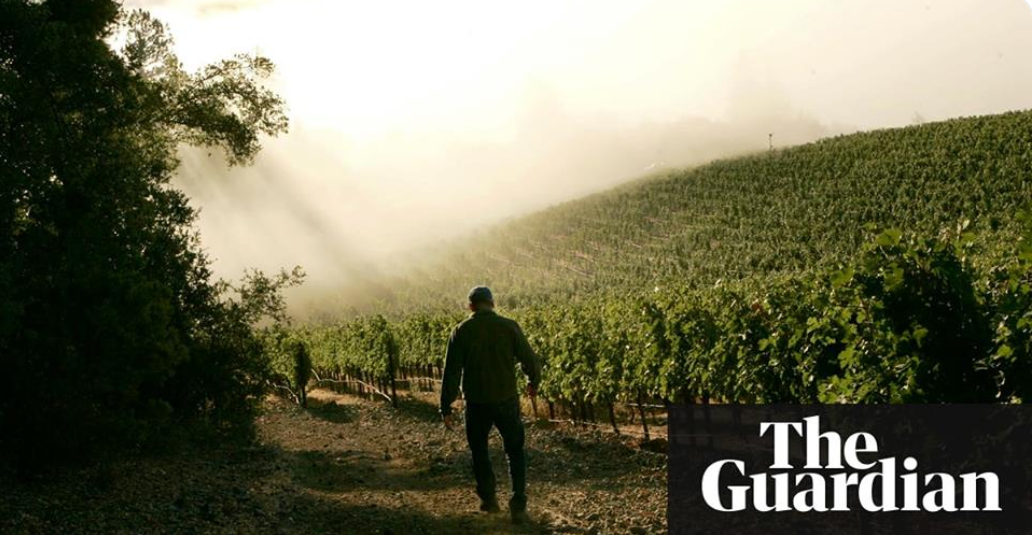A letter to the editor - Napa Valley Register by Geoff Nelson
Sometimes lost in the debate about the controversial Measure C are the advantages of natural woodlands in both carbon sequestration (aka greenhouse gas reduction) and water quality.
In a woodland ecosystem, the soil has been protected for millennia from the large inherent fluctuations of temperature and the forces of water. When it is raining hard, you can stand on the forest floor and barely feel rain drops hitting you. The forest canopy is a buffer to rainfall intensity, and it moderates surface temperatures.
The thousands of years of organic matter accumulation can be up 12 inches thick, covering the soil. In contrast, vineyard soil is always exposed to both the sun's intensity and the occasional rain deluge, although a carefully cultivated ground cover helps.
Exposure means both erosion and high soil temperatures, which accelerates lots of processes, including decomposition rates and volatization of chemicals.
In addition, the excellence of native woodlands in carbon sequestration has been well researched, e.g., Williams et al. Carbon Balance and Management 2011, 6:11. (cbmjournal.com), and J. Environ. Qual. 35:1396–1404 (2006).
Even though Napa has been a leader in sustainability, we all feel the negative effects of the explosive growth. As a wine grower for 30 years, I feel it’s time for Yes on C.
Geoff Nelson
Napa







